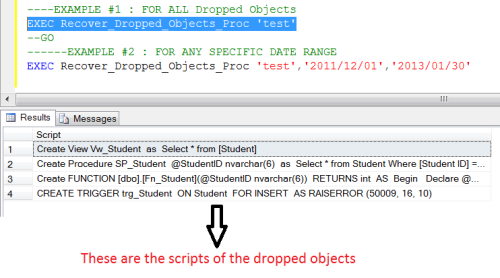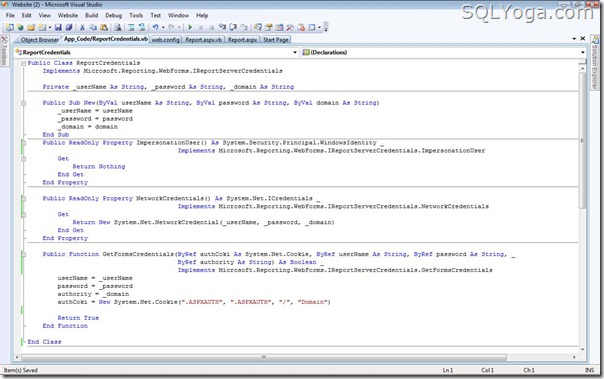Over the last several years, developers have moved from table-based website structures to div-based structures. Hey, that’s great. But wait! Do developers know the reasons for moving to div-based structures, and do they know how to? Often it seems that people are moving away from table hell only to wind up in div hell.
This article covers common problems with layout structure in web design. The first part goes through what table and div hells are, including lots of examples. The next section shows how to write cleaner and more readable code. The final part looks at what features await in future. Please join us on this journey from hell to heaven.
Table Hell
You’re in table hell when your website uses tables for design purposes. Tables generally increase the complexity of documents and make them more difficult to maintain. Also, they reduce a website’s flexibility in accommodating different media and design elements, and they limit a website’s functionality.
MAMA (Metadata Analysis and Mining Application) is a structural Web page search engine from Opera Software that crawls Web pages and returns results detailing page structures. If we look into MAMA’s key findings, we see that the average website has a table structure nested three levels deep. On the list of 10 most popular tags,
table, td and tr are all there. The table element is found on over 80% of the pages whose URLs were crawled by MAMA.
Semantically speaking, the table tag is meant for listing tabular data. It is not optimized to build structure.
EASE OF USE
Using tables to build structure is quite intuitive. We see tabular data every day, and the concept is well known.
And the existence of table attributes makes for a rather flat learning curve because the developer doesn’t have to use a separate style sheet. With divs, the developer must use the style attribute or an external style sheet, because the div tag doesn’t have any attributes attached to it.
Also, tables don’t break when the content is too wide. Columns are not squeezed under other columns as they are in a div-based structure. This adds to the feeling that using tables is safe.
MAINTAINABILITY
Table contains different tags: the
table tag being the wrapper, tr for each row and td for each cell. The thead and tbody tags are not used for structural purposes because they add semantic meaning to the content. For readability, each tag is normally given its own line of code, with indention. With all of these tags for the table, several extra lines of code are added to content. The colspan and rowspan attributes make the code even more complex, and any developer maintaining that page in future has to go through a lot of code to understand its structure.<table cellpadding="0" cellspacing="0" border="0">
<tr>
<td colspan="3" height="120px">....</td>
</tr>
<tr>
<td class="menu" valign="top">...</td>
<td class="content" valign="top">...</td>
<td class="aSide" valign="top">...</td>
</tr>
<tr>
<td colspan="3">...</td>
</tr>
</table><div id="header">...</div>
<div id="menu">...</div>
<div id="content">...</div>
<div id="aSide">...</div>
<div id="footer">...</div>
As we see from the example, the table-based layout contains more code than the div-based version. Imagine now if this difference in size stays consistent as the code base grows (by a ratio as much as 2:1). In a div-based structure, it is also possible to skip the menu div and use an unordered list (
ul) as a container instead.
Nested tables are code smell that a website is stuck in table hell. The number of lines of code is endless, and the complexity is overwhelming. Tables are far from clean code and don’t bring anything semantic to the content unless you’re dealing with actual tabular data. And if you’ve happened to inherit the maintenance of a website that has poor readability, it’s a nightmare. Nested tables are a poor substitution for semantically meaningful, block-level elements.
Another drawback to tables is that they make it harder to separate content from design. The
border, width, cellpadding and cellspacing tags are used in about 90% of all websites that use tables, according to MAMA. This adds code to the HTML that should instead go in the style sheet.
Excess code slows down development and raises maintenance costs. There’s a limit to how many lines of code a programmer can produce per hour, and excess code is more complicated for others to understand. Developers may not even understand their own code after a while.
More lines of code mean larger file sizes, which mean longer download times. Developers should keep in mind new media, such as mobile devices, which usually have low bandwidth. Websites will have to support media other than traditional monitors in future, and bad code limits the possibilities. A large code base has more bugs than a small one. Developers tend to produce a certain number of bugs per line of code. Because tables increase the code base, such structures likely contain more bugs than layouts with less code lines.



